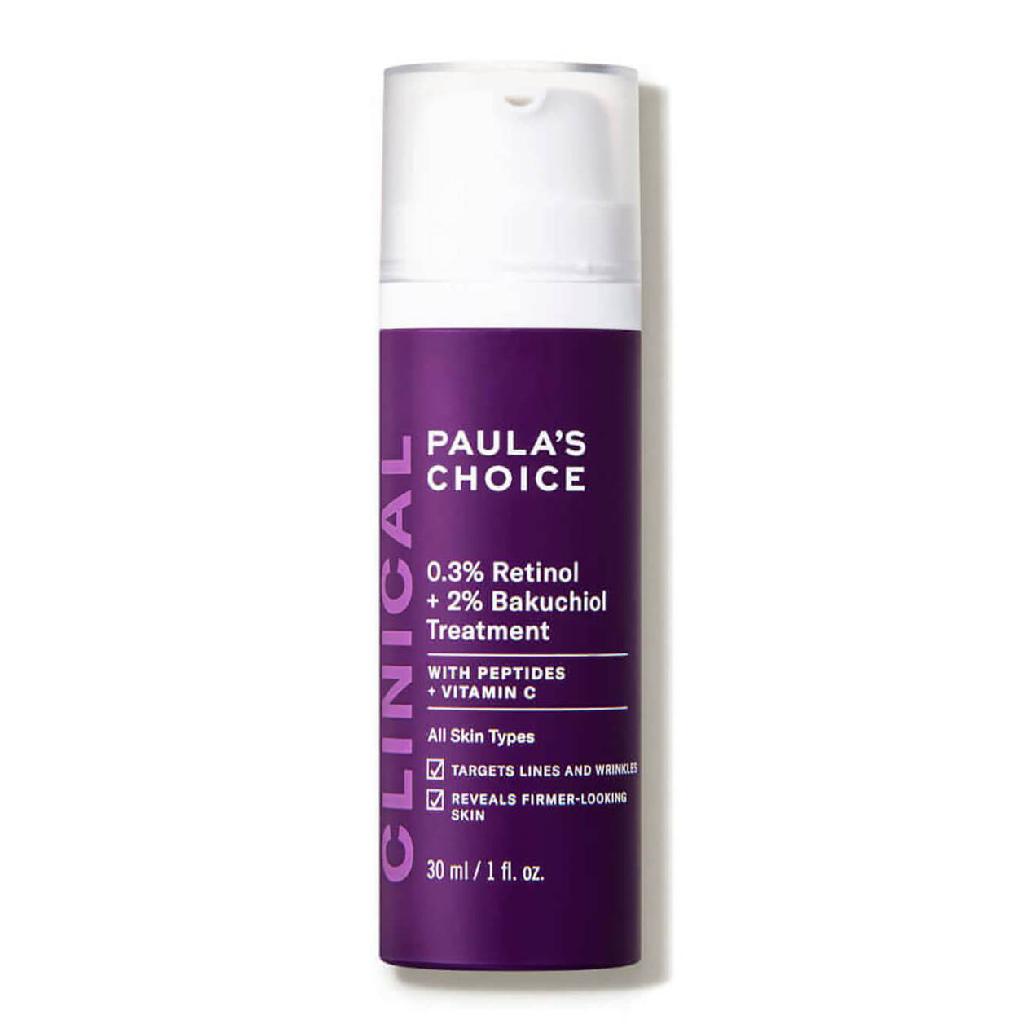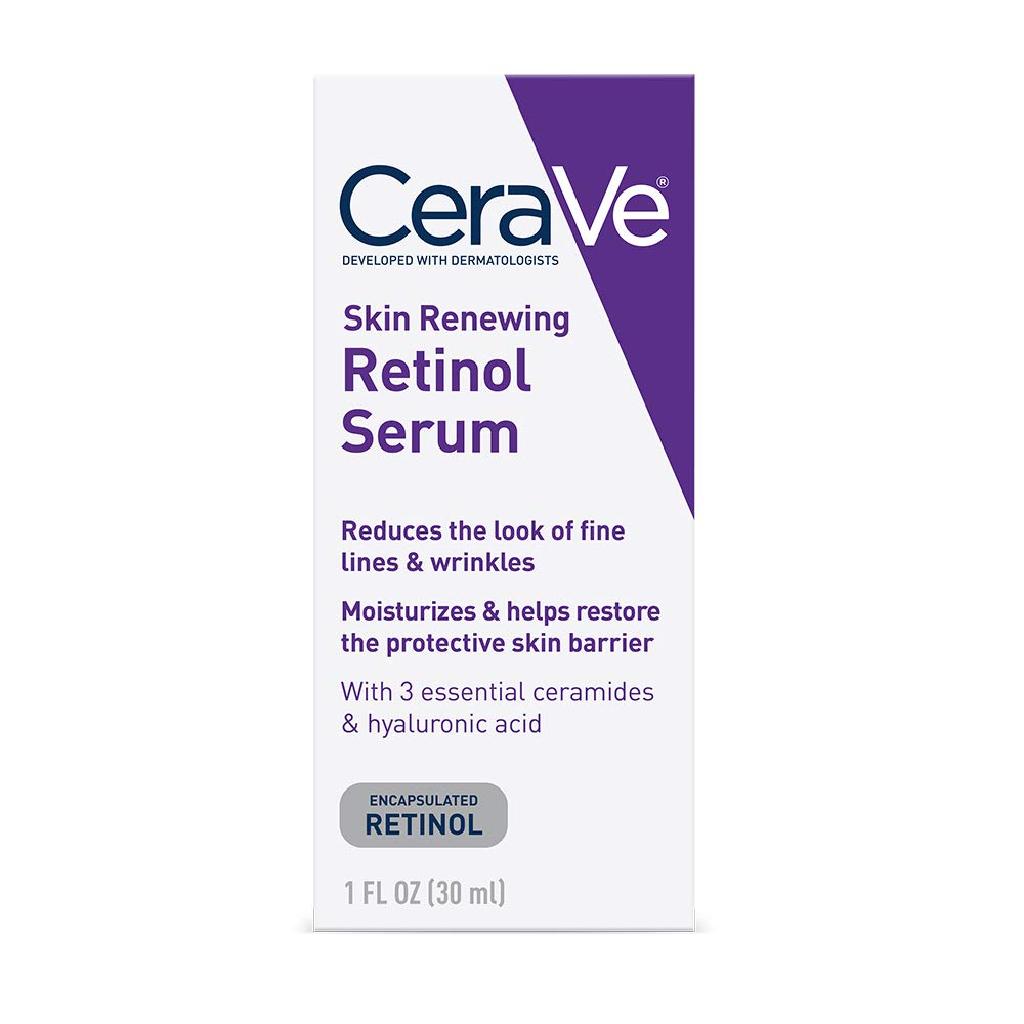When it comes to skincare, you’ve probably heard about retinol and tretinoin, but have you ever come across retinal? In this article, we’ll delve into the world of vitamin A derivatives and compare retinal vs retinol. We will be highlighting their similarities, differences, and their impact on your skin.

Retinal and retinol are both forms of vitamin A. They both share structural and functional similarities. However, retinoic acid, also known as Tretinoin, is the skin-active form of vitamin A that our skin cells recognize and bind to. Therefore, all other forms of vitamin A must undergo an oxidative conversion step into retinoic acid.
Retinal vs Retinol
Retinal, also known as retinaldehyde, serves as a direct precursor to retinoic acid, requiring only one oxidative conversion step. On the other hand, retinol needs to undergo two conversion steps: first converting into retinaldehyde and then further into retinoic acid.
The more conversion steps required, the weaker the form becomes, which means it takes longer to see results with retinol compared to retinal.
Tretinoin
This one is also known as retinoic acid and stands as the strongest form of retinoid. However, due to its high chances of skin irritation, it’s advisable to work with a prescribing dermatologist who can guide you through your skincare journey. Retinal, on the other hand, is the closest active form of a retinoid available without a prescription, making it a viable option for many individuals. Check out some of our customer favorites retinals below:
Topical retinoic acid yields faster results than other retinoids but may cause skin irritation. As an alternative, other precursors such as retinal, retinol, and retinyl esters offer skincare benefits with fewer chances of irritation.

Consistency and patience are key when incorporating retinoids into your skincare routine. Now, let’s explore the benefits of using retinoids:
Benefits of Retinoids:
- Stimulate collagen production: Retinoids thicken the dermis (inner layers of skin) and firm the skin, thereby reducing the visibility of wrinkles, fine lines, and enlarged pores.
- Speed up skin cell turnover: By promoting faster turnover of cells on the outermost layer of your skin, retinoids encourage the emergence of newer skin cells, resulting in a smoother texture and more even skin tone.
In addition to the benefits, it’s essential to address potential concerns when starting a retinoid regimen. Here are some tips to minimize redness, peeling, dryness, or flaking:
– Start with a lower percentage and gradually build tolerance to higher concentrations.
– Allow a 5-minute gap between applying your hydrator and moisturizer.
– Begin by using retinoids once a week and gradually increase frequency to every other night.
– Consider incorporating ceramides and niacinamide into your routine to help improve tolerance to retinoids.
While retinoids are generally considered low risk during pregnancy and breastfeeding, it’s always recommended to consult with your physician before incorporating them into your skincare routine.
Remember, embracing retinoids in your skincare journey can lead to remarkable results, but it’s important to be patient, consistent, and mindful of your skin’s needs.
We hope that you found this helpful. To understand Retinol vs Retinal products better, feel free to check out our reel where we adequately dived into the topic below:
Disclaimer: The information provided on this website, including the blogs and articles, is not intended to replace or substitute professional skincare advice, diagnosis, or treatment. Always seek the advice of a qualified skincare professional or dermatologist for personalized recommendations and guidance regarding your specific skin concerns.






